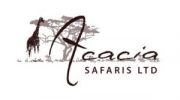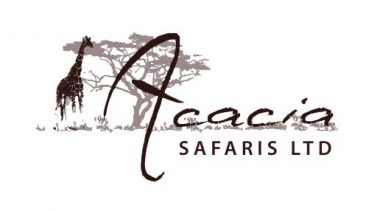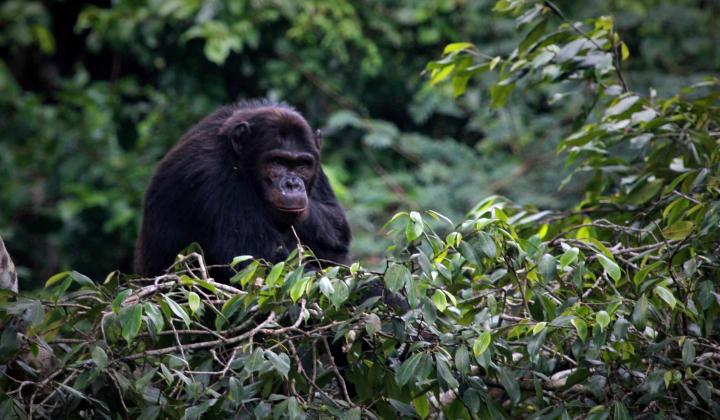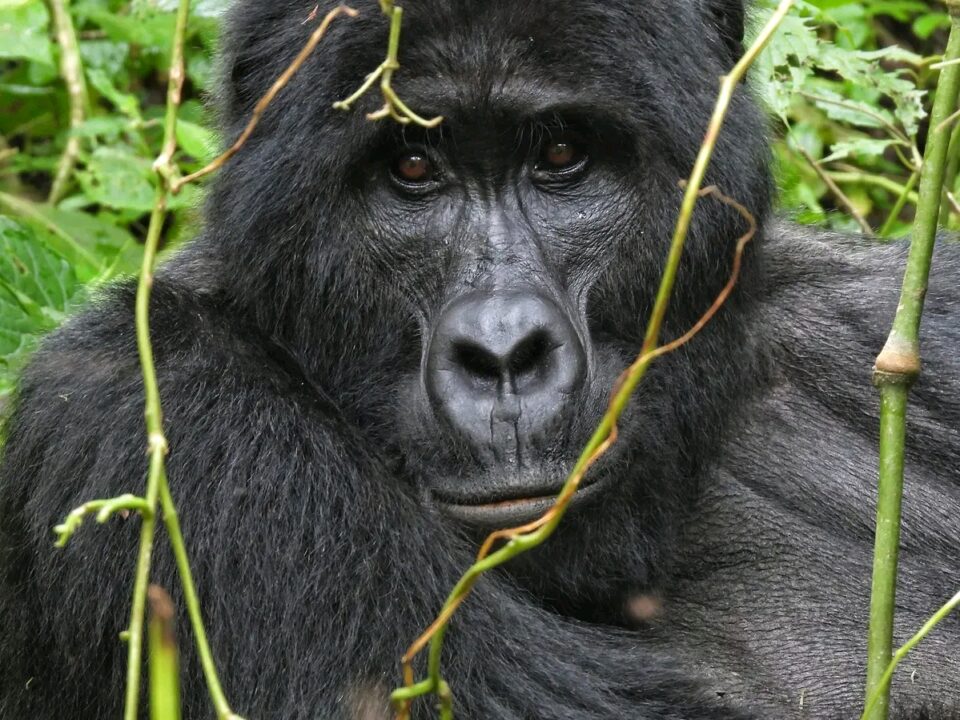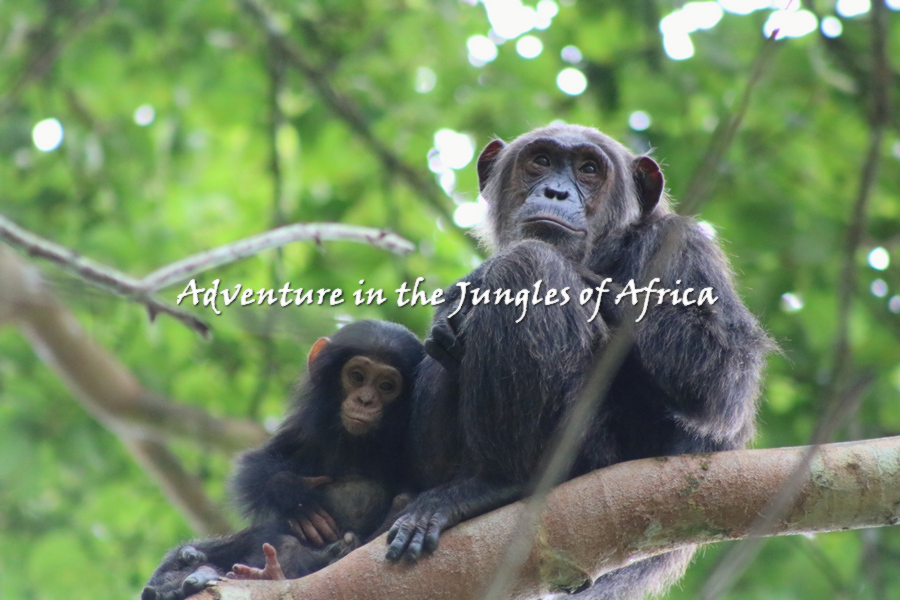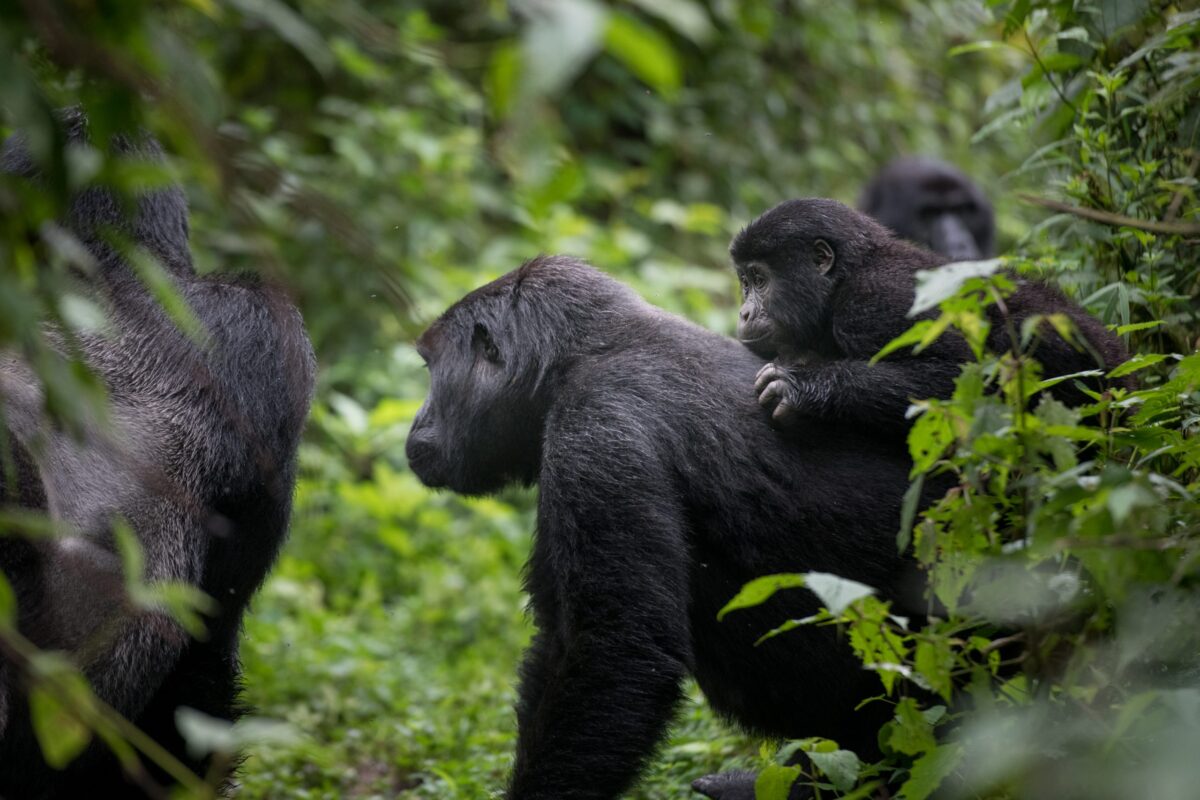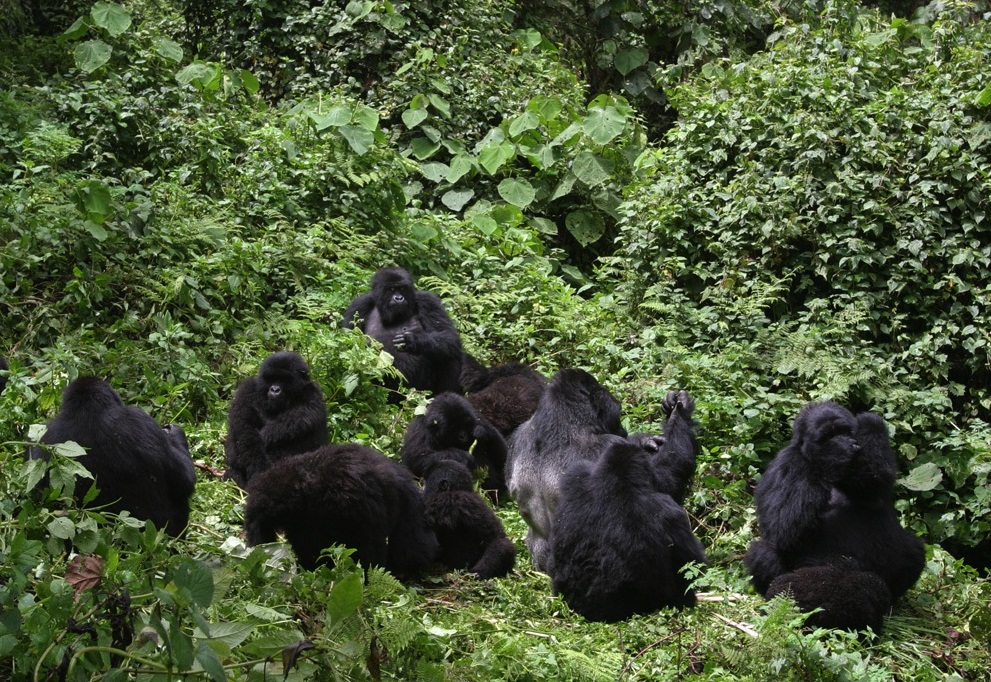
Why Mountain Gorillas are Important
February 24, 2021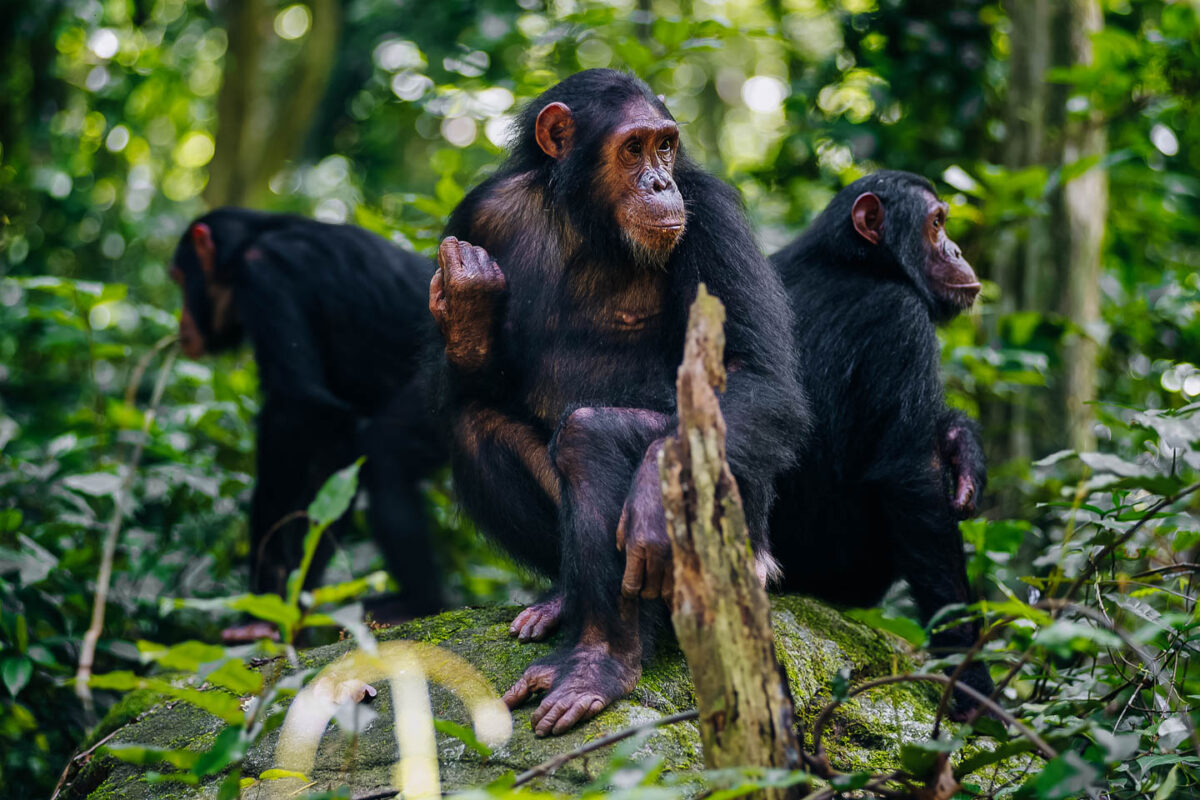
Why seeing Chimpanzees in Uganda is Africa’s best primate tracking experience
March 1, 2021Gishwati-Mukura National Park Rwanda
Gishwati-Mukura National Park is Rwanda’s fourth national park. The park is a forested habitat formed by two separate forests one known as Gishwati and the other Mukura.
This park was formed in 2015 by the Rwandan government combining the Gishwati and Mukura forests.
The park is a forested area that spreads from up in the north of the country near Volcanoes National Park to down near Nyungwe forest.
The park covers 34 square kilometers including a buffer zone. Both Gishwati and Mukura forests sit on the ridge that divides the Congo and Nile water catchment areas. The area between is along the incredibly biodiverse Albertine Rift.
The formalization of its national park status in 2015 was aimed at helping redress the balance, increasing the number of trees to improve soil fertility, stabilize slopes, and regulate stream flow.
Gishwati forest once had a flourishing ecosystem extending far north near Volcanoes National Park. However, following the 1994 Genocide many nationals returned from across the border and spread out over the land heading towards the forested areas to find land to resettle their families.
The forest was destroyed and just a small portion remained with a few wild animals managing to survive. It was in 2007 when an American research facility stepped in to save chimpanzees that had managed to survive.
Chimpanzees in Gishwati Mukura National Park
The conservation efforts were successful and the protected area began to flourish once more. Gishwati forest inhabits primates including a group of 20 chimpanzees, golden monkeys, L’Hoest’s monkeys, and blue monkeys. Within the Gishwati forest are about 232 bird species.
Mukura Forest has been reserved for the past several years, however, the size of the forest reduced after pressure from the population. Mukura forest has about 163 bird species, especially the Albertine Rift Endemic species and forest specialists.
The protected Gishwati-Mukura National Park now gives both forests a protected status. The forests are linked by a wildlife corridor that offers incredible biodiversity providing for the free movement of primates including the Black and white colobus monkeys, L’Hoest’s monkeys, Blue monkeys, and golden monkeys.
Activities that can be undertaken in the Gishwati-Mukura National Park include a guided nature hike, guided chimpanzee and monkey tracking, a visit to the waterfalls, and bird watching.
How to Get to Park
To access Gishwati-Mukura National Park, tourists can go either by road or air. By road, any kind of safari vehicle can be used whether on a self-drive or booked a safari vehicle from a tour company. By road, it is about 170 km on an approximate road drive of 4 hours.
For accommodation when visiting the park the most recommended lodge is the Gishwati Lodge. It is comprised of 6 rustic forest lodges offering an adventurous yet luxurious essence.
Other National Parks in Rwanda
Volcanoes National Park
Rwanda’s Volcanoes National Park is one of the habitats with Mountain gorillas that live only in three countries the two others being Uganda and Congo. Rwanda gorilla tours are a major draw card for tourism in Rwanda.
To have an amazing encounter with one of the 10 gorilla families in the park, a person must be 15 years old and above. A gorilla trekking permit in Rwanda costs US$ 1500 for each trek.
80 permits are available each day to enable 8 tourists to trek a single family of the 10 habituated gorilla families in the park.
Rwanda gorilla safari permits are the most expensive but still travelers have opted to visit the country because it’s said to be easier to trek the gorilla in Rwanda than any other destination.
Some of the top Rwanda gorilla tour packages include the 3-day Volcanoes Park Rwanda gorilla trekking safari and the 6-day Rwanda wildlife safari.
Nyungwe National Park
Chimpanzee trekking in Nyungwe Forest National Park is one of the popular Rwanda safari activities carried out in the area known as Cyamudongo within the park. Nyungwe Forest National Park is a highly dense rainforest in southern Rwanda on the border with Burundi.
Nyungwe forest has a wide diversity of animal species which makes it a priority for conservation in Africa. The popular primates in the park are the chimpanzees that are popularly tracked.
The forest has about 500 chimpanzee individuals and two troops have been habituated for chimpanzee trekking. One troop of habituated chimpanzees is within the main Nyungwe forest and the other is in Cyamudongo which is a small patch of the forest in the eastern part of Nyungwe National Park.
Canopy walk. The canopy walk is in the ancient Nyungwe Forest on a suspension bridge rising 70m high and covering 60m long.
A canopy walk is one of a kind as you see the forest from above. while sighting several bird and primate species.
The walk starts from any of the three trailheads where you will walk from the Uwinka visitor center. If you need a unique safari activity then the canopy walk is a preferable option with experiences like no other.
Our 3 days Rwanda primate tracking tour, is affordable for a chimpanzee trekking experience in Nyungwe.
Akagera National Park
Akagera National Park is home to the big five wildlife African game which are the Buffaloes, Rhinos, Leopards, Lions, and Elephants.
The park is a much preferable East African destination since it is one of the closest wildlife parks to the country’s national Airport-Kigali International Airport.
It is just about a 3-hour drive to the park from the Airport. You also spot other wild animals like giraffes, zebras, and hippos.
Book your next Rwanda tour with Acacia Safaris and get a well-tailored trip for these best 5 tour packages and much more.
We also organize tours in other East African countries including Uganda safaris tours, Kenya safaris, and Tanzania safaris.
Rwanda Safaris Tour-Related Searches
- Rwanda Safari Holidays
- 5 Days Rwanda Wildlife Safari
- 6 Days Best Rwanda Wildlife Safari
- 6 Days Rwanda Wildlife Tour
- 13 Days Uganda Wildlife Safari Rwanda Primates Tour
- Rwanda Tourist Attractions
- Birding/Bird watching Safari in Rwanda
- Birding Safari in Rwanda
- Gorilla Tracking Safari Rwanda
- Wildlife Safari in Rwanda
- Wildlife Safaris in Rwanda
- Chimpanzee Tracking in Rwanda
- Gorilla Trekking Safari Rwanda
- Africa Adventure Tours
- East Africa Safaris
- Rwanda Safari
